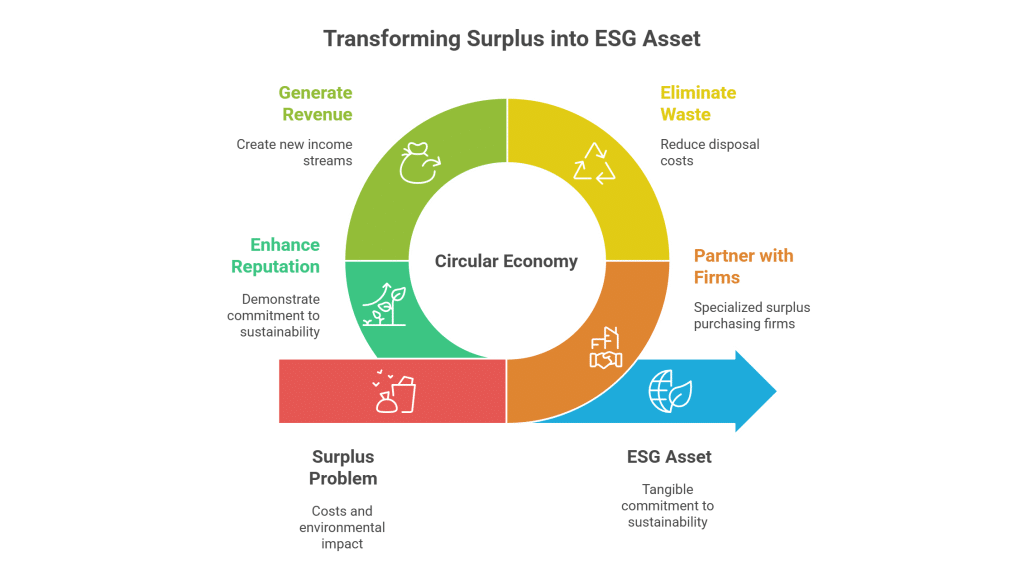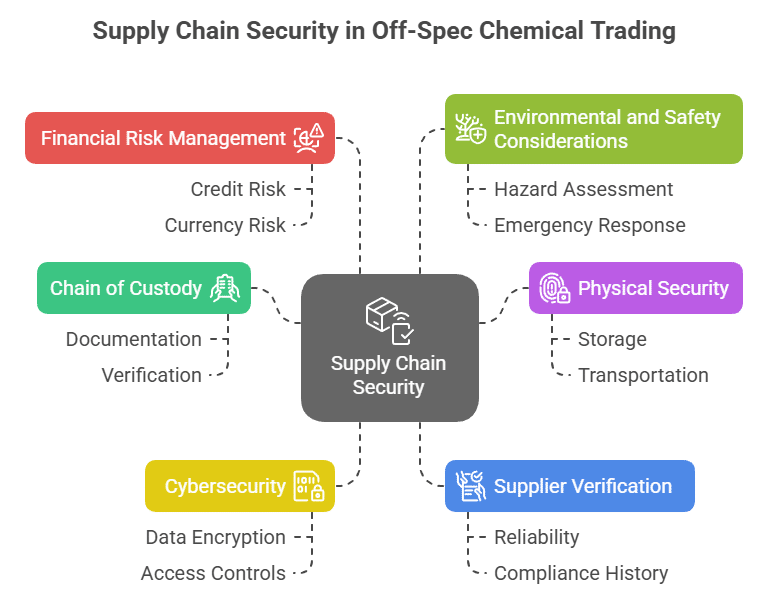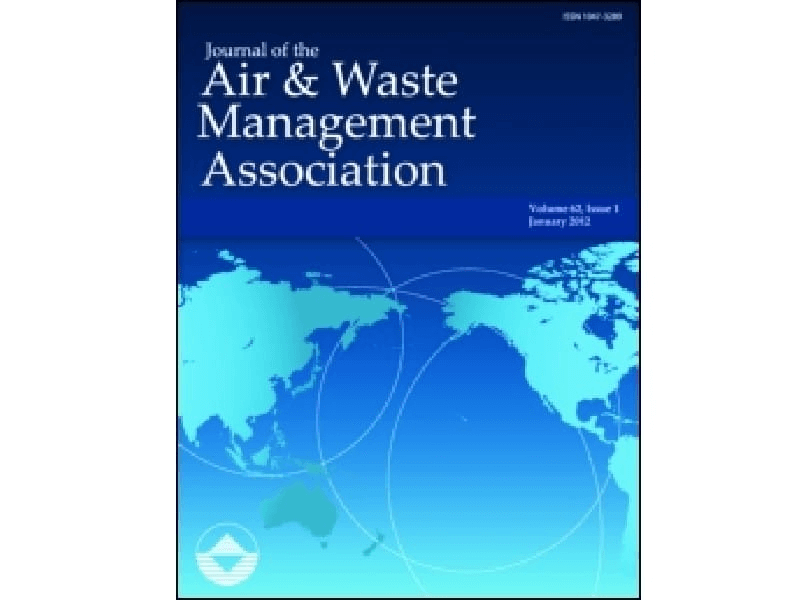Optimizing Surplus Acetic Acid for Food and Textile Industries
Acetic Acid Surplus Trading for Food & Textile Processing: Sustainable and Profitable Solutions
Acetic Acid in Food & Textile Processing: Applications and Benefits
Table of Contents
Empowering Businesses: A Real-World Acetic Acid Surplus Success Story
A leading food processing company recently faced the challenge of an unexpected surplus of glacial acetic acid due to overordering, which threatened to occupy valuable storage space and incur disposal costs. Instead of letting this excess go to waste, they connected with a surplus chemical trading partner. Simultaneously, a textile finishing plant was in urgent need of acetic acid to optimize dye fixation and improve fabric quality. The successful transaction allowed the food processor to recover costs and reduce storage overheads, while the textile plant benefited from a dependable supply at an attractive price. This case highlights how efficiently managing surplus chemicals can boost profitability, ensure regulatory compliance, and contribute to sustainable practices across industries.



















